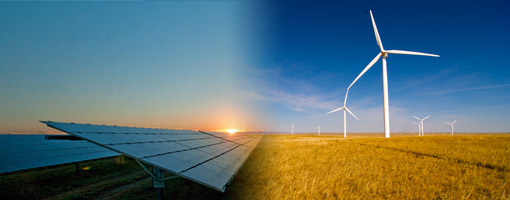Renewable energy sources accounted for 20.3 percent of net electrical generation in the United States during the first five months of 2019, according to data from the U.S. Energy Information Administration (EIA).
The latest issue of EIA’s Electric Power Monthly reveals that solar and wind both showed continued growth.
Solar, including small-scale solar photovoltaic (PV) systems, increased 10.9 percent and accounted for 2.6 percent of total net generation.
Small-scale solar (e.g., distributed rooftop systems) – which increased 20.2 percent – provided 33.3 percent of total solar electrical generation.
U.S. wind’s share was 8 percent of total electrical output vs. 7.8 percent from hydropower.
Combined wind and solar accounted for 10.6 percent of U.S. electrical generation through the end of May. In addition, biomass provided 1.5 percent and geothermal contributed more than 0.4 percent.
Electricity from renewable energy sources surpassed that from nuclear power (331,613 vs. 331,200 thousand megawatt-hours).
Renewables for the first time moved into second place among the major generating sources in May 2019, providing more electricity than either coal, nuclear, or oil and exceeded only by natural gas, according to Sun Day Campaign analysis.

